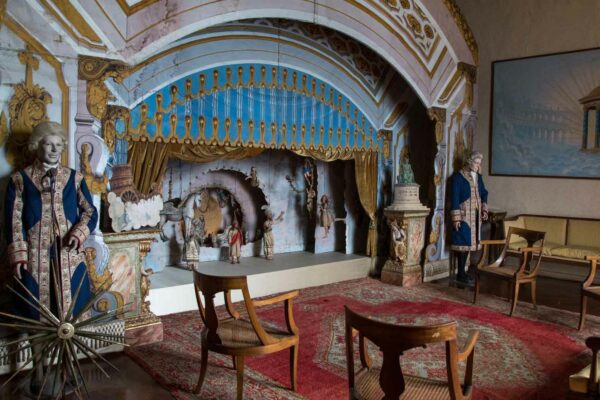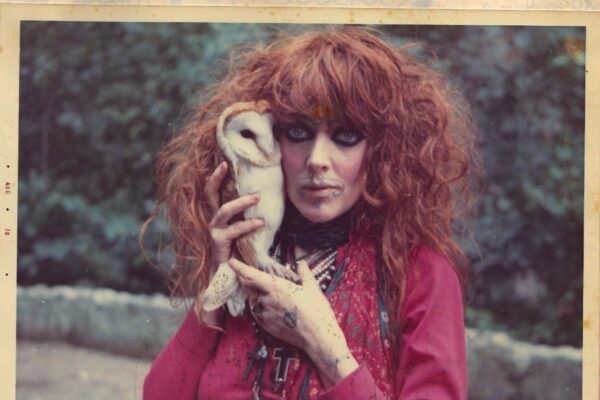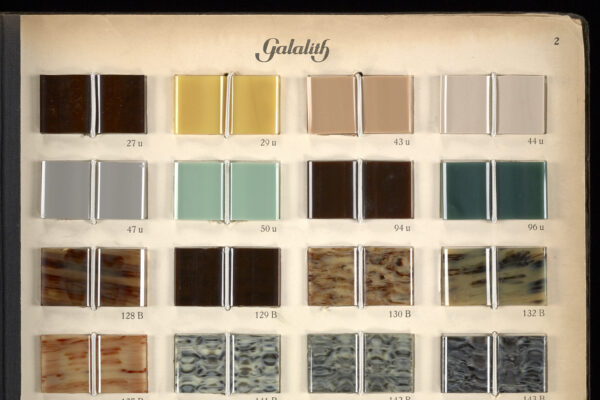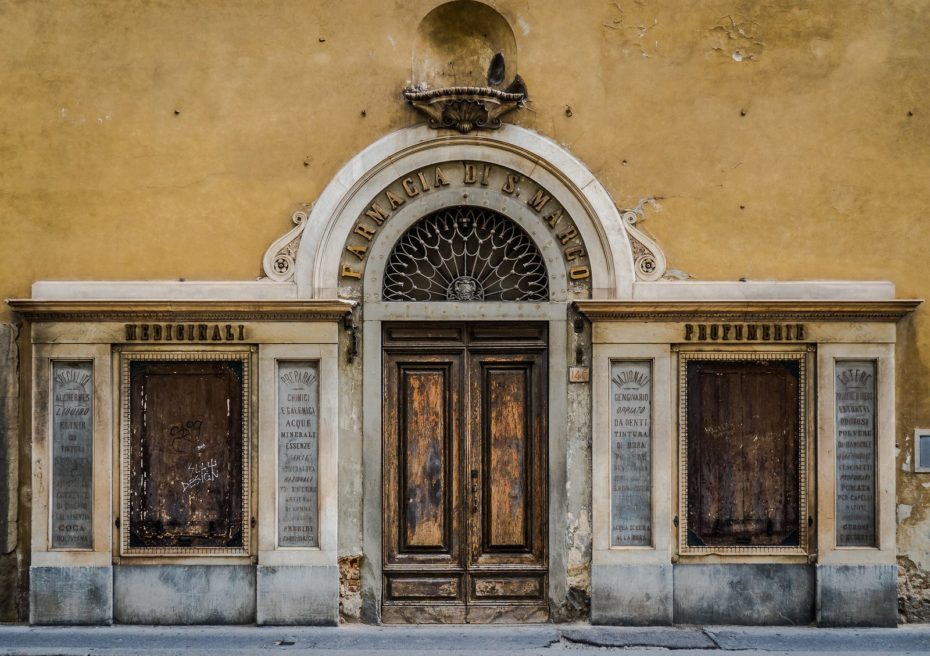
Once upon a time, the pharmaceutical industry was entirely in the hands of monks and nuns, and monasteries were at the cutting edge of intellectual learning and medicinal practice. Medieval medicine in Western Europe was composed of a mixture of pseudoscientific ideas from antiquity and medieval monasteries gained access to Ancient Greek medical works by the 6th century. Being able to identify symptoms and remedies became the clergy’s primary focus, and prior to the development of hospitals, people from the surrounding towns looked to the monasteries for help with their sick. Fittingly, the world’s oldest pharmacy is housed inside a 16th century Florentine chapel that still sells ancient potions like the Seven Thieves’ Vinegar, the first modern perfume and even ladybug liqueur. Let’s step inside the ancient pharmacopeia of Santa Maria Novella…
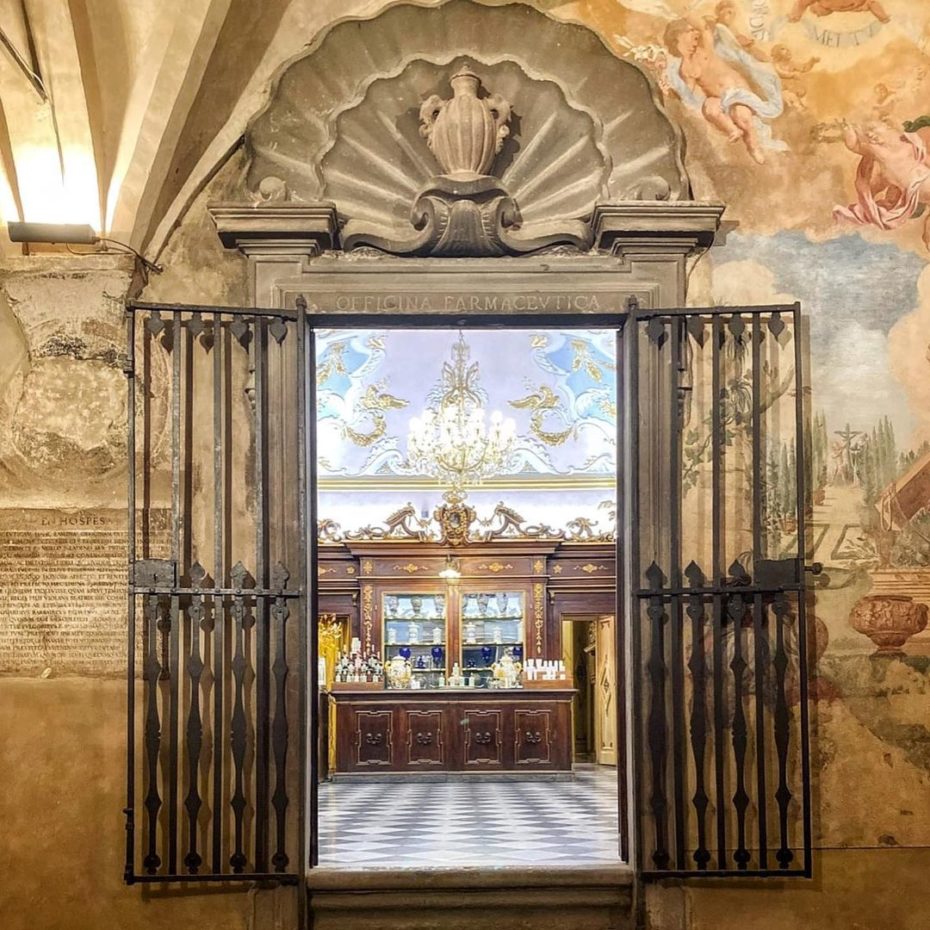
In the 13th century, Dominican Friars founded a garden outside the city walls of Florence and began experimenting with medicinal plants to use in their hospital. When they cured a sickly local wealthy merchant, as a sign of gratitude, he built the Chapel of San Niccolo for the Friars to operate in.
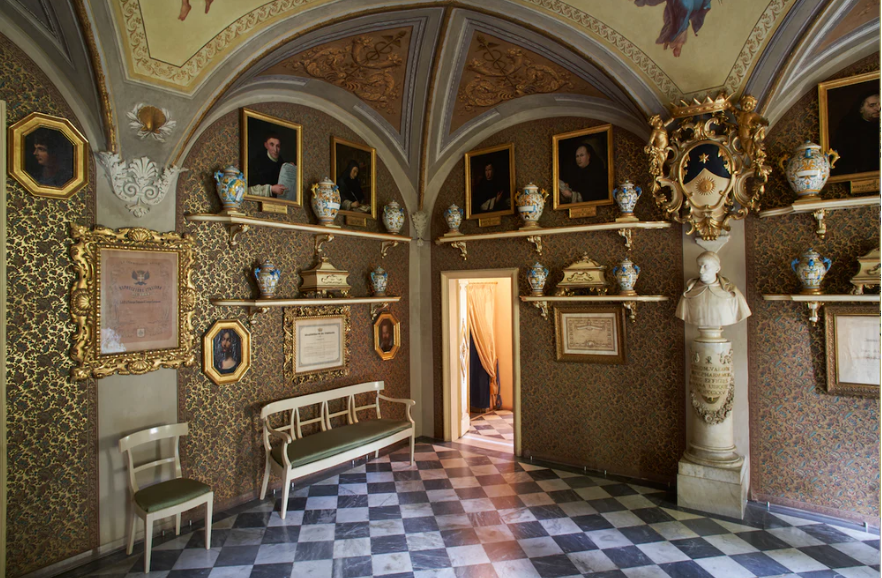
The friar’s potent potions became famous and in 1612, the sacristy of San Niccolo became a public-facing store. The more profit the pharmacists earned, the more they could invest in research and development.
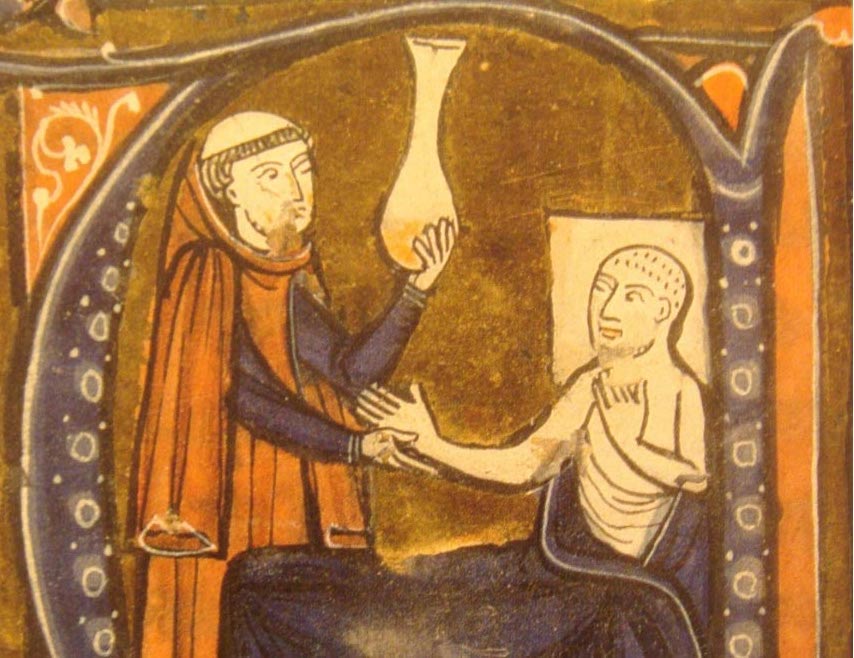
The Pharmacy is famous for several innovative concoctions. The Aceto dei Sette Ladri (Seven Thieves’ Vinegar) is an aromatic sniffing solution used to protect people from the plague. Legend has it that seven thieves were caught stealing from the dead and dying during a terrible outbreak of the Black Death. No one understood how the thieves avoided contracting the illness while plundering the sick. The robbers claimed they had a secret smelling solution that protected them.
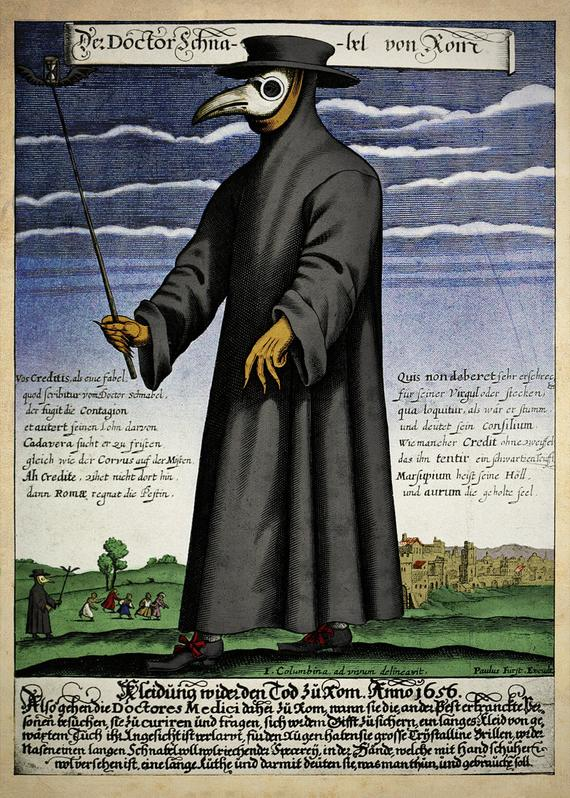
A judge sentenced the thieves to death, but desperate for a defense against the pestilence, promised he would spare any thief who gave up their secret recipe. The thieves claimed their potion had 7 ingredients and they each only knew one ingredient. Therefore, they would all have to be released if the judge wanted their secret elixir. The judge set them free and it wasn’t long before this disease-preventing distillation was being updated and sold at Santa Maria Novella. You can still find a version of this potion called Aceto Aromatico.
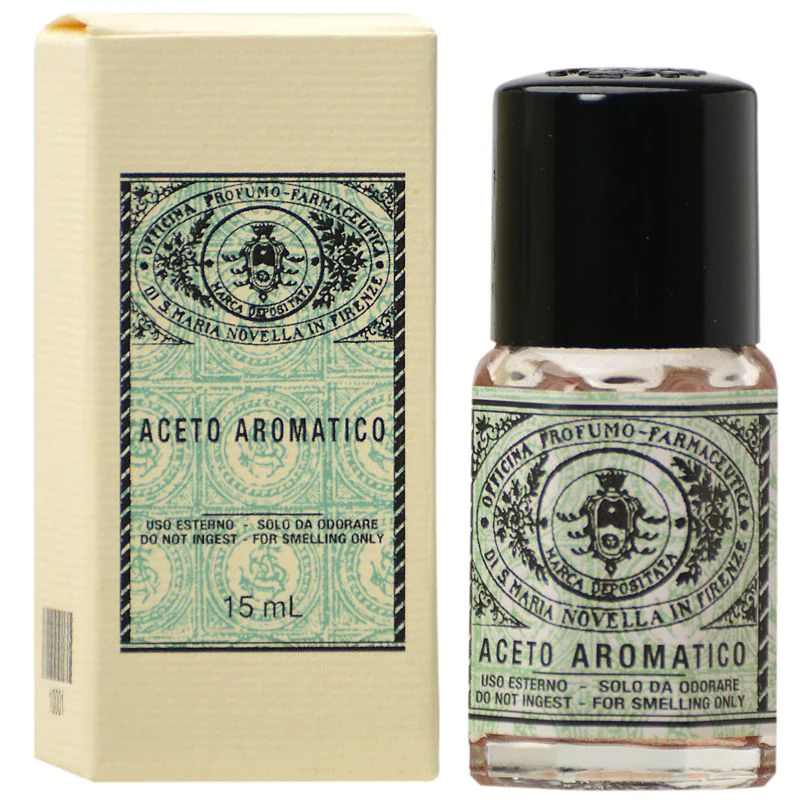
The chemists at Santa Maria Novella also developed the first perfume with an alcohol base, Acqua della Regina, in 1553. Perfumes at that time used a base of olive oil or vinegar, like the Aceto dei Sette Ladri. Perfumers still use this innovation of an alcoholic base for their aromas today. Acqua della Regina was a departing gift for Catherine de Medici as she left Florence to marry the future King of France. She made quite a splash with her “Queens water” as the first person to introduce perfume to the French. This caused even more acclaim and sales for the apothecary.
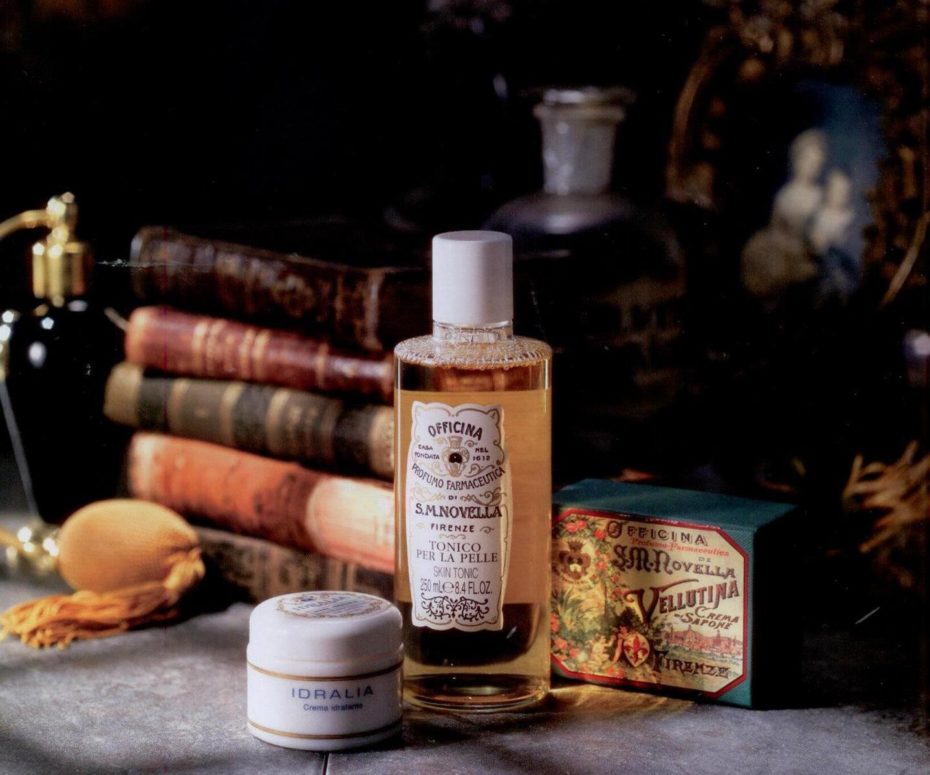
In 1749, the foundry developed its famous Alchermes, alcoholic liqueur, a supposedly medicinal alcoholic drink that gets its deep scarlet colour from dried and crushed ladybugs. Pharmacists gave this medicine to new mothers to help recover from childbirth.
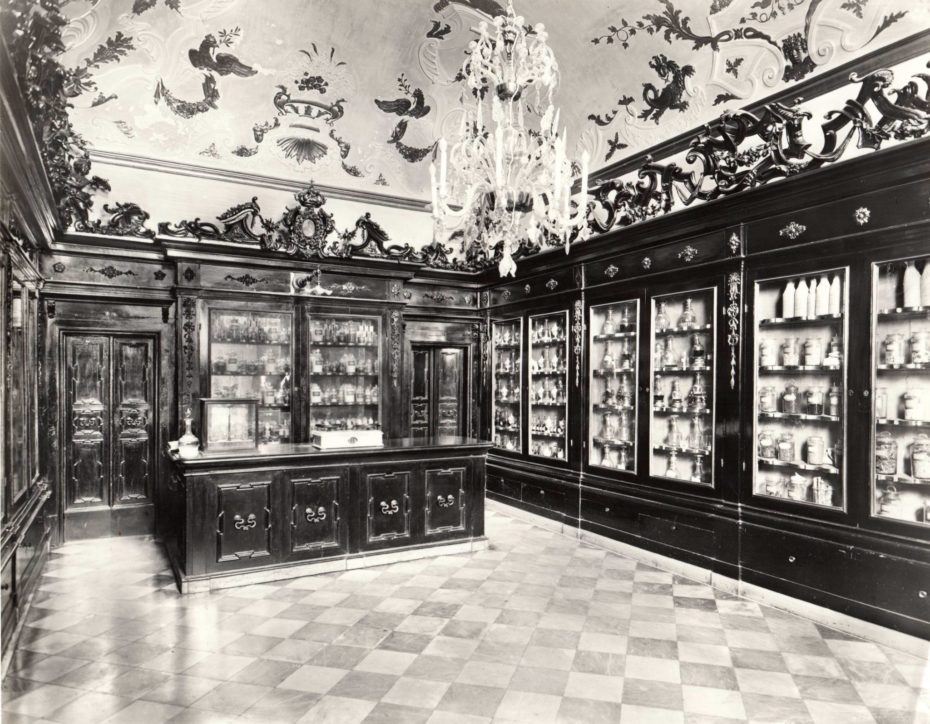

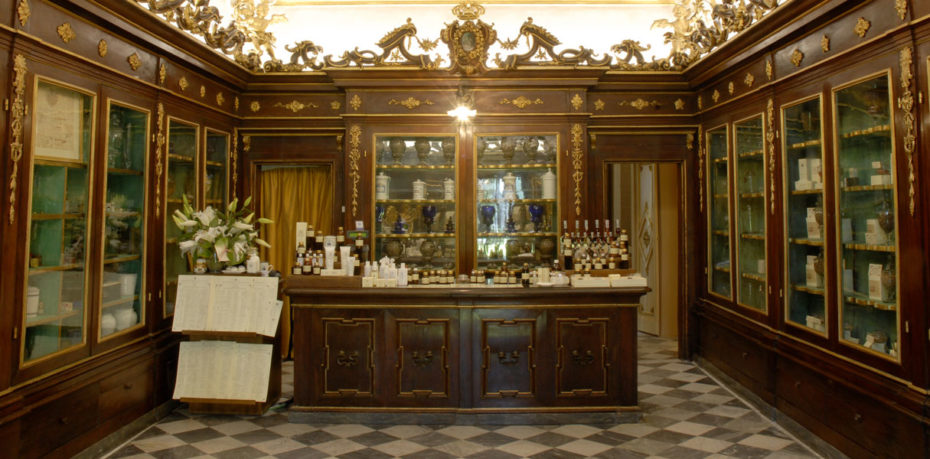
You can still visit the historic apothecary on Via della Scala in Florence. The renown of this beautiful and innovative pharmacy has spread and quality of its products has only grown over 800 years. Branches now exists in many cities across Italy and select countries. You can even find it on Melrose Place.







